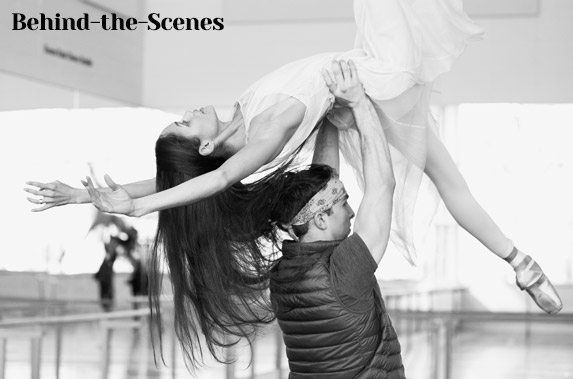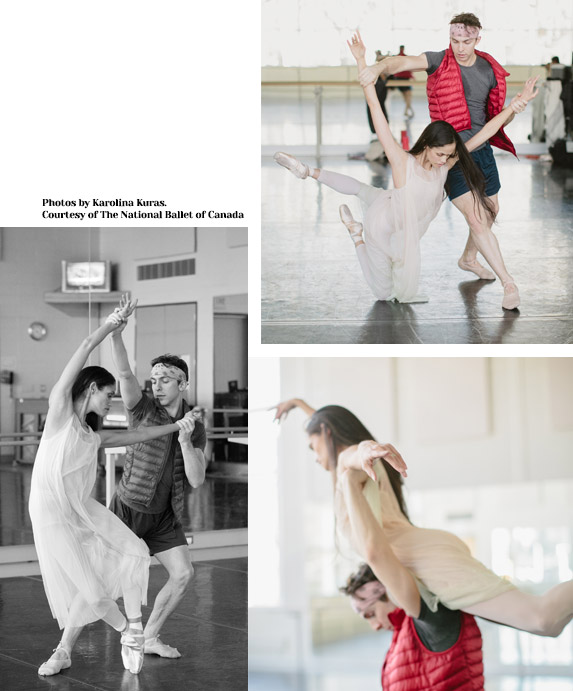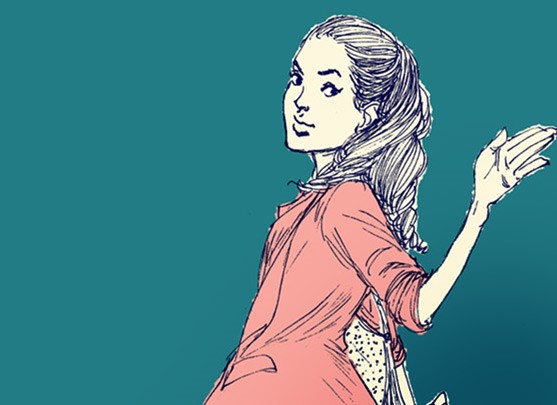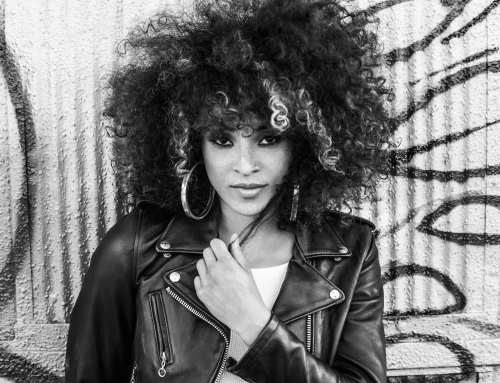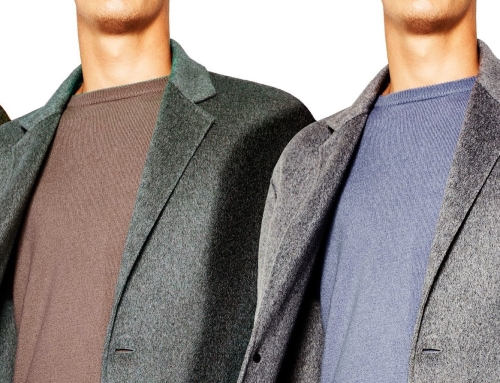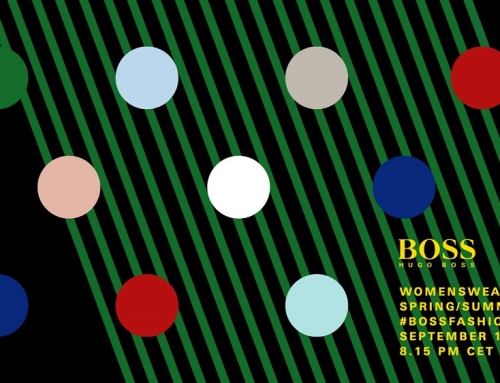Since the day I first read Le Petit Prince as a young girl, I have lived nervous of a time when I might come to mistake a boa constrictor digesting an elephant for a regular old hat. For those who have read Antoine de Saint-Exupéry’s 1943 novella, you likely understand this sentiment—this reluctance to become a “grown-up,” for fear of resembling one of the narrative’s cautionary characters, such as the red-faced businessman that believes he wields ownership over the stars, simply because he can count them.
Le Petit Prince is a celebration of spirit—a spirit that comes naturally to those 12-years-old and under. And as a beloved classic, cherished the world around, the story has been translated into multiple languages and adapted for film and stage many time times over. This June, The National Ballet of Canada will premiere its version of the whimsical tale, choreographed by the dance company’s Principal Dancer and Choreographic Associate, Guillaume Côté.
For his first full-length ballet, Côté has partnered with renowned theatre/opera/ballet designer Michael Levine and composer Kevin Lau to create an original score for the production. One peek at the costumes from the ballet and it’s clear to see, Côté and Levine have created a true to tale expression of Exupéry’s writing, alive with the sparkling spirit and sterling wisdom of literature’s favorite little explorer.
“I love how simple and to the point [Levine’s] costumes are,” says the National Ballet’s First Soloist, Tanya Howard, who plays Le Rose. “I was also struck by how caring he was to make sure that we were comfortable and that the movement would not be hindered in any way.”
With Côté behind the narrative grace and flow of the ballet’s movement, audiences can anticipate Le Peitit Prince to be a declaration of the promising choreographer’s creative vision, already well demonstrated in his mesmerizing 40-minute interpretation of Being and Nothingness by Jean-Paul Sartre, for the company’s 2015 spring season.
While Being and Nothingness was more a translation of Côté’s individual reading of Sartre’s dark ponderings on human existence, Le Petit Prince is closer to a direct adaptation of the story. Speaking about her character, Howard affirms as much, “I don’t think [Le Rose is] reimagined; she’s moody and romantic and self-involved and temperamental, and that’s how she is in the ballet.”
In the role of Le Rose, Howard acts as the story’s narrative catalyst; she is the object of the title character’s love (and frustration) and stirs about inside every lesson mastered by the Prince during his travels. Free spirit that she is, Levine’s vision for Le Rose is marked by an intoxicating sense of innocence and liberty. “My costume is very light and flowing. [It’s] very simple, but cut quite full, so there is a lot of fabric even though it appears see through. Exactly as the rose is,” explains Howard. “I also wear my hair down for this role, which adds another dimension to the costume itself.”
For Howard, her costume—a billowing dress, coloured in cream and mint green—is the gateway to Le Rose. As she shares, “getting into costume is absolutely crossing over the line of becoming your character. We spend so much time rehearsing and being consumed by a character or performance; the music, the costumes, the audience—they are all part of the magic.”
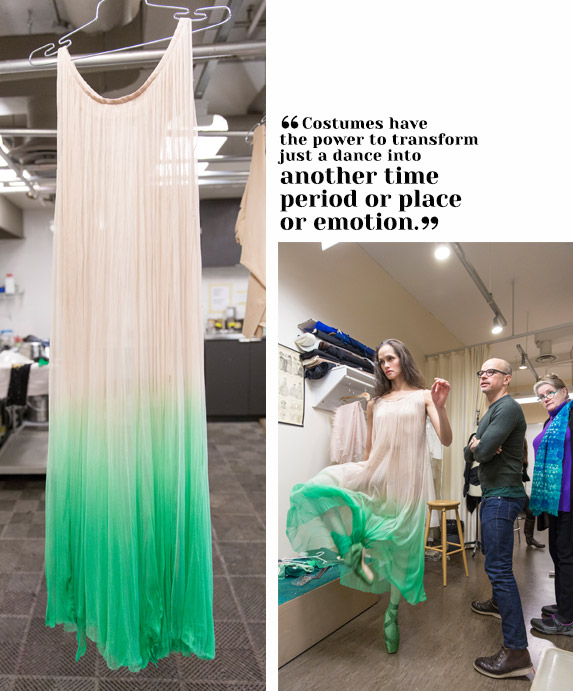
Tanya Howard in fitting with Set and Costume Designer, Michael Levine and Wardrobe Supervisor, Marjory Fielding. Photos by Aleksandar Antonijevic. Courtesy of The National Ballet of Canada.
Upon declaring, “costumes have the power to transform just a dance to another time period or place or emotion,” it’s clear Howard shares the opinion of legendary American costume designer, Edith Head (recipient of eight Oscars and the woman behind Hitchcock’s blondes ), who famously said: “What a costume designer does is a cross between magic and camouflage.” And while the dancer appreciates the value of ballets that adhere to a minimalist’s approach to wardrobe for want of focusing the audience’s attention on choreography and movement, she stresses that story ballets, such as Le Petit Prince, are “carried by the costumes.”
With the ballet premiering June 4th (running until June 12th), we—as one of the many eager soon-to-be audience members ready to absorb Côté’s Le Petit Prince for the first time—happily digest what we have seen from the magnificent secrets held in the National Ballet’s costume closet as our first morsel of the production and ardently agree with Howard on the topic of dancers’ wardrobe, “what a wonderfully exotic way to transport the audience.”








